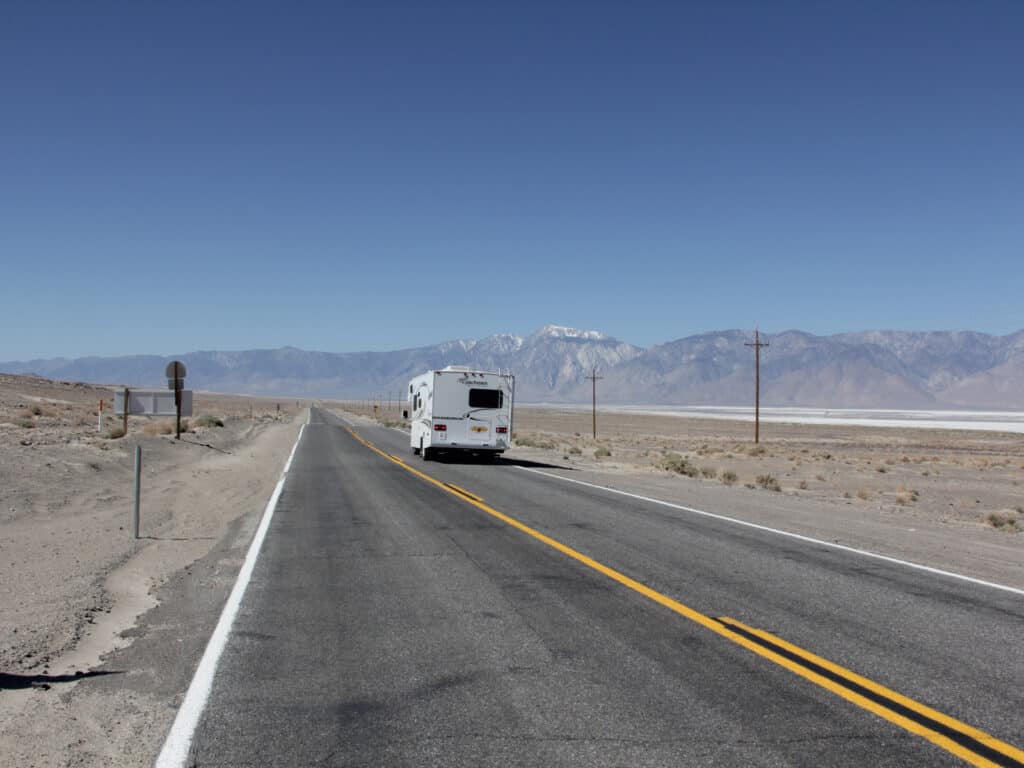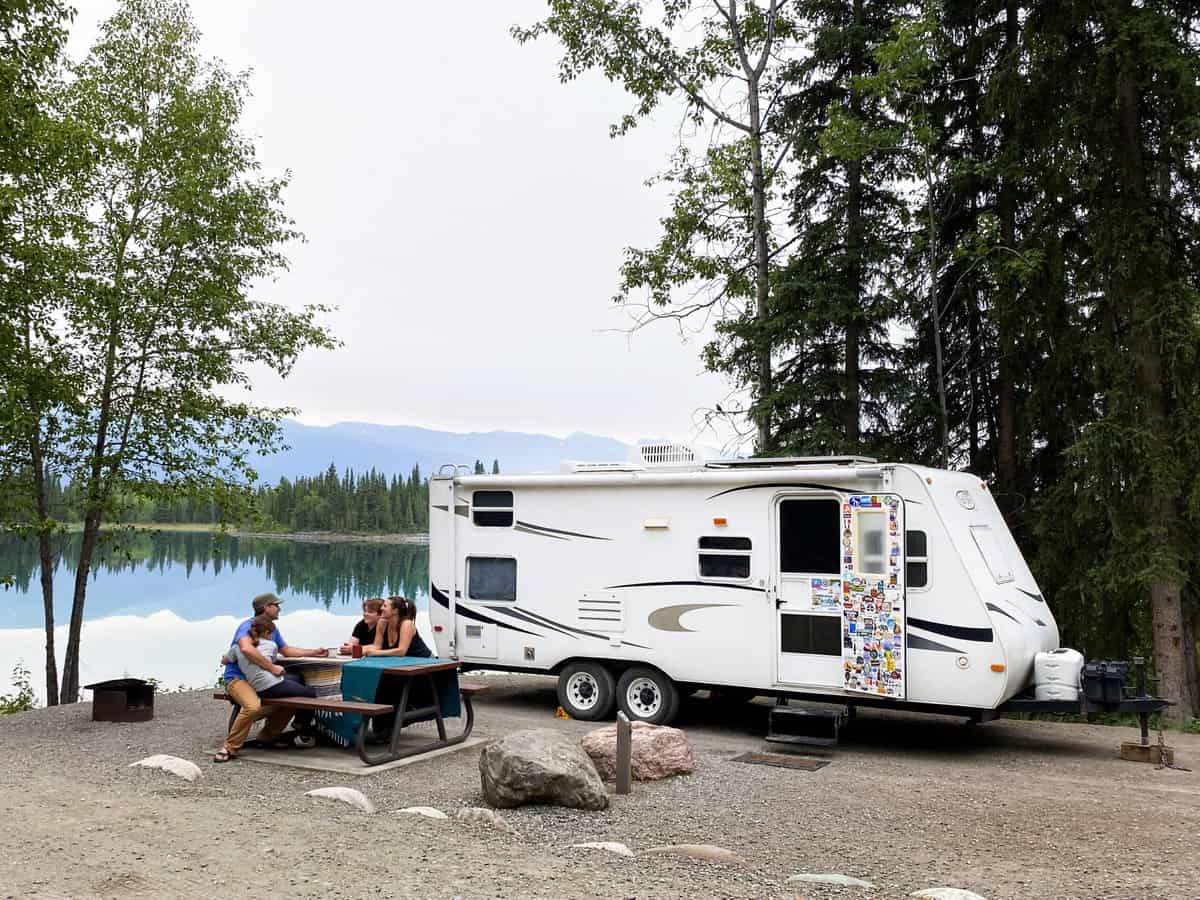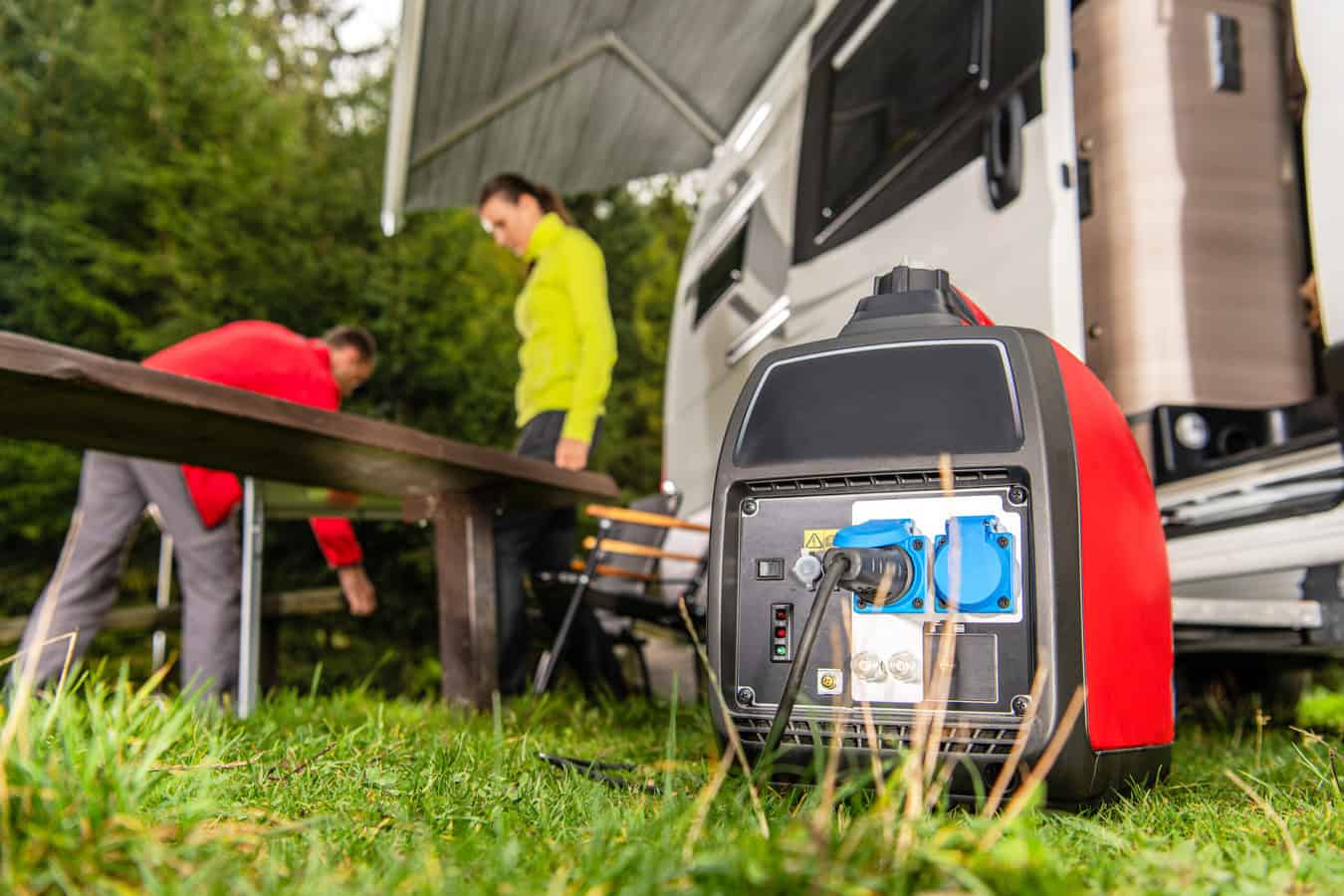
5 Ways To Avoid RV Tire Blowouts
Nobody wants to experience RV tire blowouts when they’re rolling down the highway. At the least, it’s an untimely inconvenience having to pull over and call roadside assistance or swap out the spare tire, if even possible. But in a worst-case scenario, RV tire blowouts can be dangerous and even cause your RV to run off the road.
Knowing what causes RV tire blowouts is the first step in preventing them from happening to you. It’s not only important to keep track of your RV tire maintenance with an online tool like RV LIFE Maintenance, but also to be aware of factors such as your tire pressure when you’re on the road.
Summer can be especially rough on your tires due to the hot weather. It can accelerate deterioration of the tire rubber which can damage your tires and potentially cause a failure. These are a few simple things you can do this season to ensure a safe, smooth ride.
1. Monitor your tire pressure
RV tire blowouts are commonly caused by improper tire pressure. If your tire pressure is too low, the sidewalls will flex excessively. In an extreme case, this can even melt the tire cords and result in a sudden explosive loss of pressure. When the tire pressure is too high, your RV will lose traction and stopping distance. Both of these can cause uneven wear on your RV tires.
Check your RV owner’s manual or vehicle certification label for the recommended PSI. It’s worth investing in a digital tire gauge to regularly inspect your PSI and adjust it as needed. A tire pressure monitoring system, or TPMS, is even more useful as it is constantly monitoring your tire pressure, even when you’re on the go.
The TireMinder TPMS system comes with screw-on transmitters, a Bluetooth adapter, and a rhino signal booster to prevent interference from other electronic devices. Every six seconds the system monitors your tires for issues. If it senses a problem like your tire pressure is too low, or the temperature is too high, the TPMS will send an audio and visual alert to your phone (or iPad) and the included Bluetooth adapter.
2. Watch your RV’s weight
Overloading your RV will put too much weight on your tires and cause them to overheat, which is bad for the rubber. Check your owner’s manual for the GVWR (Gross Vehicle Weight Rating) and GCWR (Gross Combination Weight Rating) to learn the maximum weight that your RV can handle, including all passengers. Only carry what you’re going to need with you and be mindful of things like extra water jugs, heavy gear, etc.
When your RV or trailer tires are supporting an even load and an acceptable weight, you’ll experience better handling, braking, fuel economy, tread life, and tread wear.
Says Steve Fennell, RV LIFE
Many truck stop weigh stations have certified scales that you can use for less than $20 and easy weight measurement.
3. Replace old tires
Typically, RV tires need to be changed every 3-6 years with an absolute max of 10 years, depending on how often you drive and how well you maintained the tires while in storage. Keep your tires up-to-date and regularly inspect them for bumps, cracks, or wavy-looking areas. When you need to buy new tires, opt for new ones when you can and know what to look for if you are buying used tires.
4. Avoid excessive heat
Excessive heat can be another contributing factor to a tire failure, especially in the summer. Tires can lose or gain about 2% inflation for every 10°F change in temperature. So your 22.5” Class A tire can see 2 psi change for every 10°F and your car may see a bit less than 1 psi. Note this change is the change when your tires have been parked for at least 2 hours and not when hot from running down the highway.
Driving at a high speed, excessive cornering, and frequent braking can all cause your tires to overheat and potentially fail. Slow down your driving and take a break every couple of hours if you’re making a long trip on a hot day.
When possible, seek out campgrounds with grassy sites over paved ones. Paved roads absorb heat during the summer and this can cause your tire pressure to fluctuate. Check reviews on CampgroundReviews.com to learn what kind of surface you’ll be parking on.
5. Know your route before you go
Road hazards such as major potholes can occasionally cause RV tire damage. Hitting a pothole can be jarring to your tires, and if the force is great enough, the sudden bending of the sidewall of the tire may cause the sidewall to fail.
Doing a little research ahead of time will make your traveling day much easier. Plan out your route on RV LIFE Trip Wizard and check the Street View to get a better idea of what the back roads look like leading up to your destination. Your route can also be pulled up easily on the RV LIFE App With GPS for RV-safe turn-by-turn directions.
See also: Tires for a Motorhome: A Giant Pricing Guide With Dozens of Examples




What temperature is too hot that can cause a blowout?